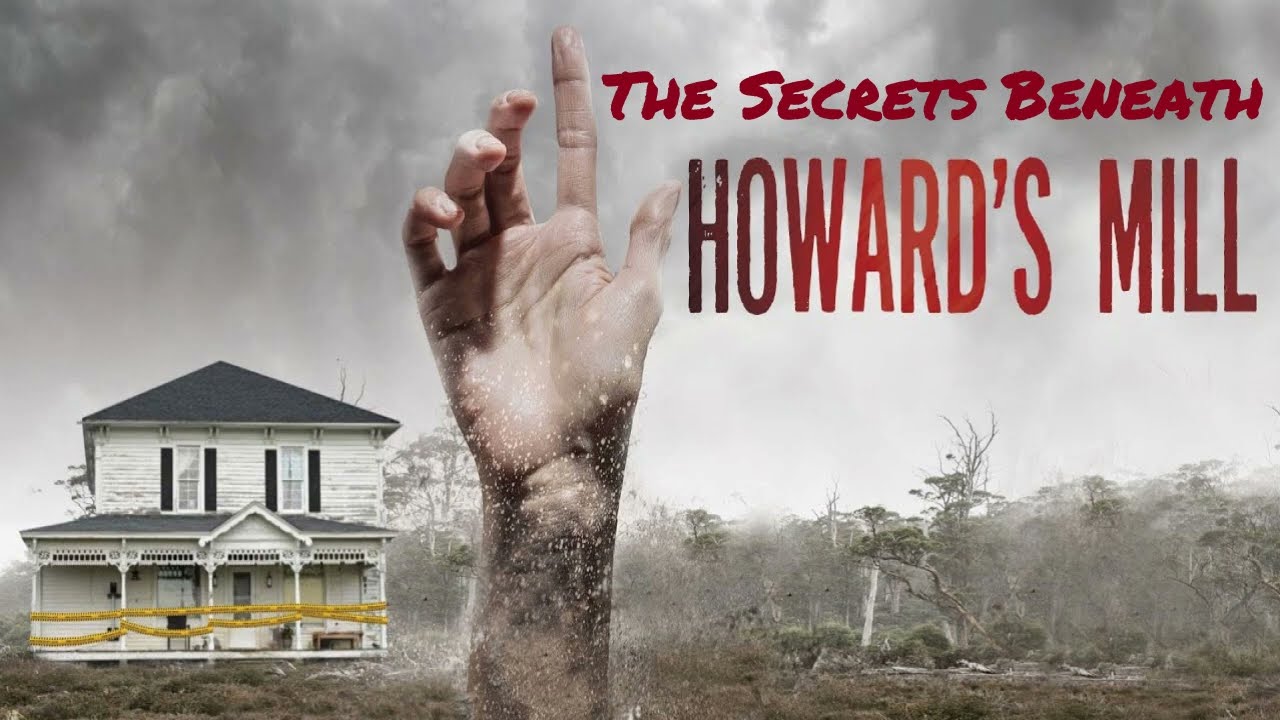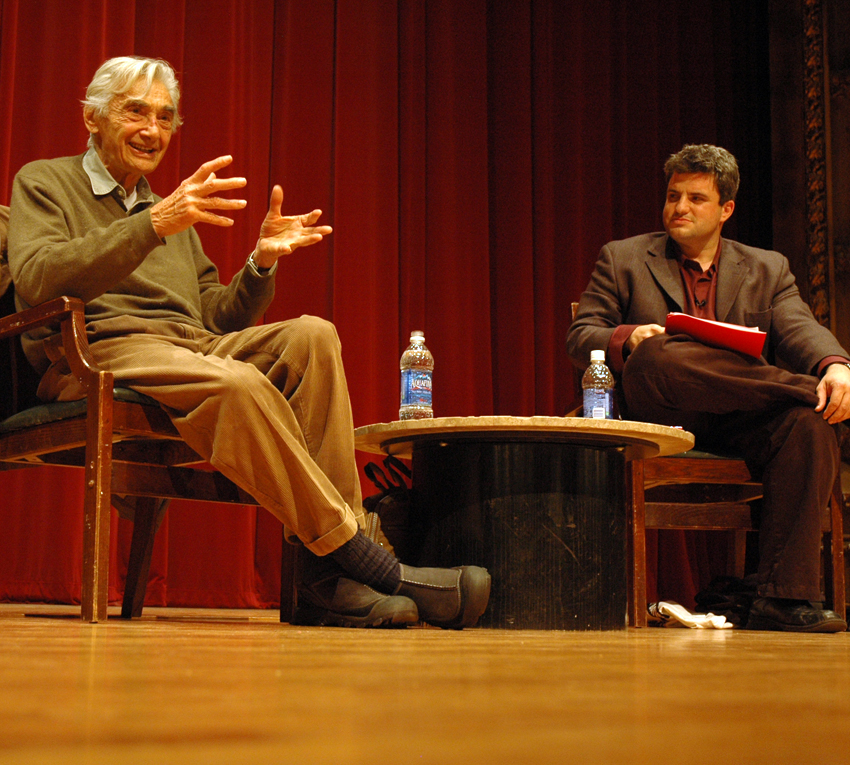Is Howard’s mill a true story

The question of whether is Howard’s mill a true story often arises amongst those curious about the intersection of folklore and history. This query delves into a narrative that has captured the imagination of many, leading to discussions about its origins, implications, and lessons. In this article, we will explore the historical context of Howard’s Mill, the myths surrounding it, character analysis, and the impact it has had on popular culture.
The Historical Context of Howard’s Mill

To begin understanding Howard’s Mill, one must first comprehend its historical backdrop. The tale is rooted in a specific time and place, often tied to local communities in the United States, where many mill stories have emerged.
The Rise of Mills in America
In the late 18th and early 19th centuries, mills became pivotal to American life and economy.
The industrial revolution ushered in an era where watermills provided power for grinding grain and sawing lumber. These mills were often situated near rivers, taking advantage of the flowing water.
As towns grew around these essential structures, they became vital components of daily life, creating jobs and fostering community ties. However, alongside their utility, mills often became centers of local lore, with tales of tragedy, ghostly apparitions, and otherworldly occurrences frequently told around campfires.
Howard’s Mill: A Local Legend
Howard’s Mill, like many other mills, has spawned its own set of legends and captivating tales.
These narratives often revolve around mysterious happenings, such as unexplained noises or sightings of spectral figures. They play into a broader tradition of storytelling that seeks to explain the unexplainable through hauntingly beautiful imagery and gripping narratives.
As these stories evolve, they often blend fact with fiction, making it challenging to decipher the original events from the embellishments that come with oral history. This amalgamation raises the question of authenticity regarding Howard’s Mill.
Folklore vs. Reality
The juxtaposition of folklore against documented reality forms the crux of the discussion about Howard’s Mill.
While some aspects of the legend may be based on real events—such as accidents that occurred at the mill or the historical significance of the locale—many elements likely stem from the fertile imagination of storytellers.
As tales are passed down through generations, they undergo transformations, reflecting cultural values, fears, and aspirations. Thus, when pondering whether is Howard’s mill a true story, it becomes imperative to consider the nature of folklore itself.
The Characters and Their Stories

Central to the narrative of Howard’s Mill are the varied characters that populate its lore. Each individual plays a role in shaping the story, illustrating human experience against the backdrop of the mill.
The Mill Owner: Howard
At the heart of the tale is Howard himself, whose persona is often depicted as both visionary and tragic.
Howard is portrayed as an industrious man who dedicated his life to building and operating the mill. He symbolizes the spirit of entrepreneurship that characterized many in the burgeoning American landscape.
However, the stories surrounding him often take a darker turn, suggesting that his ambition led to consequences that haunted him throughout his life and beyond. As we probe deeper into Howard’s character, we see a reflection of humanity’s triumphs and failures, showcasing how personal ambition can lead to unforeseen repercussions.
The Workers: Lives Intertwined

The workers at Howard’s Mill serve as another crucial element of the narrative tapestry.
Their lives are interwoven with the fate of the mill, embodying the struggles and successes of laborers during a period of significant change. While some tales depict them as mere victims of circumstance, others highlight their resilience and communal bonds forged in adversity.
In exploring the lives of these characters, we gain insight into the mill’s social dynamics and the powerful narratives of struggle, camaraderie, and survival that define working-class experiences. Each worker carries with them a story that adds depth and resonance to the primary narrative.
The Spectral Figures: Echoes of the Past
Perhaps the most captivating characters in the lore of Howard’s Mill are the spectral figures often said to haunt its premises.
These apparitions are typically associated with tragic events, such as accidents or untimely deaths, contributing to the mill’s mystique. They serve as a reminder of the fragility of life and the lingering impact of choices made long ago.
Examining these spectral figures allows us to understand the broader themes of loss, memory, and the human desire to connect with those who have passed. They also reflect society’s fascination with the afterlife and the unknown, driving the narrative further into the realm of folklore.
The Cultural Impact of Howard’s Mill
The story of Howard’s Mill extends beyond local legend, impacting various cultural sectors, including literature, film, and even tourism.
Literature: A Source of Inspiration

The tale of Howard’s Mill has inspired numerous authors, who have drawn from its rich narrative well to create works of fiction that resonate with readers.
In these literary interpretations, Howard’s Mill often serves as a metaphor for larger themes, such as ambition, regret, and the passage of time. Writers use the wealth of characters and scenarios to delve into human emotion and morality, allowing readers to grapple with complex questions about existence and legacy.
Moreover, these literary adaptations allow contemporary audiences to engage with the mythos of Howard’s Mill, ensuring that its lessons continue to resonate across generations.
Film and Media Adaptations
The allure of Howard’s Mill hasn’t gone unnoticed in the film industry, with several directors choosing to adapt the tale for the big screen.
Whether as a horror setting or an emotional drama, filmmakers have tapped into the mill’s eerie ambiance and deeply human stories. These adaptations often enrich the legend, adding layers of visual storytelling that appeal to modern viewers, reinforcing our fascination with the supernatural.
Through cinematic lens, the discourse surrounding is Howard’s mill a true story broadens, shifting from mere fact-checking to explorations of thematic elements that provoke thought and evoke emotion.
Tourism and Local Economy

Interestingly, Howard’s Mill has also become a focal point for tourism in the area, attracting visitors eager to experience the lore firsthand.
Guided tours often recount the tales of Howard and his spectral companions, creating an immersive experience that ties visitors to the history and mythology of the mill.
This trend not only bolsters the local economy but also fosters a greater appreciation for the cultural heritage embedded within these stories—reminding us that even in the face of ambiguity, narratives can connect us to the past and shape our future.
FAQs
What is the origin of Howard’s Mill legend?
The origins of Howard’s Mill legend trace back to the early community surrounding the mill, where stories of its operations intermingled with accidents and local lore. These narratives evolved over years, fueled by word-of-mouth storytelling.
Are there any recorded incidents related to Howard’s Mill?
While records may exist detailing operational activities at Howard’s Mill, many incidents tied to the legend remain anecdotal. This blend of fact and fiction complicates the history but enriches the storytelling aspect.
Why do people believe in the supernatural elements of Howard’s Mill?
The belief in supernatural elements stems from a deep-rooted human fascination with the unknown. The tales of specters often provide comfort in facing mortality and connecting with a shared human experience.
How does Howard’s Mill compare to other local legends?
Howard’s Mill shares commonalities with other local legends in that they all embody collective fears and hopes. However, its unique characters and setting give it distinct flavor and depth.
Can Howard’s Mill still be visited today?
Yes, many locations associated with Howard’s Mill remain open to visitors, offering tours that delve into its historical and mythical significance while promoting local culture.
Video
Conclusion
In examining whether is Howard’s mill a true story, we uncover a rich tapestry woven from strands of history, folklore, and cultural engagement. The characters who inhabit this narrative—the ambitious Howard, the resilient workers, and the haunting specters—each contribute to an overarching commentary on life, ambition, and the enduring power of storytelling.
Whether one views Howard’s Mill as a factual account or a fictional creation matters less than the lessons derived from its narrative. The tale invites exploration into the human condition, provoking reflections on our ambitions and the ghosts of our past. Ultimately, Howard’s Mill serves as a poignant reminder that stories, whether true or not, hold the power to resonate, teach, and inspire.



